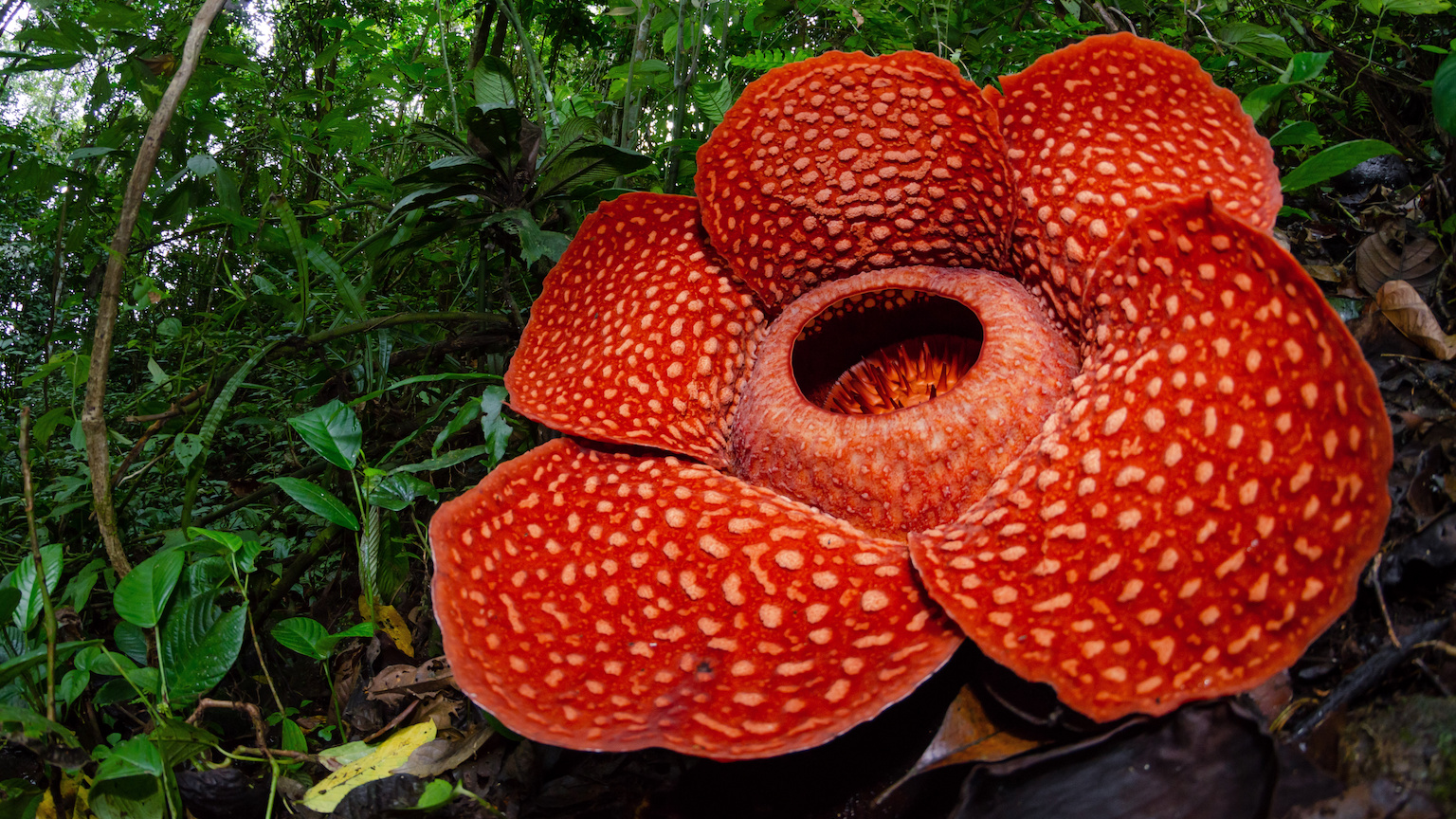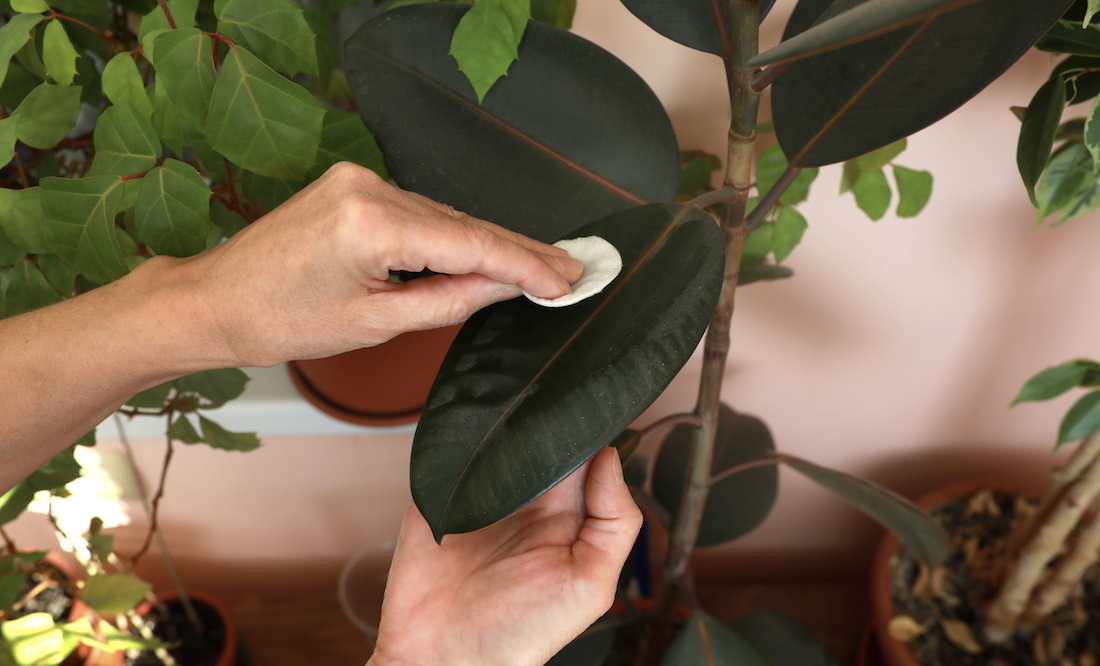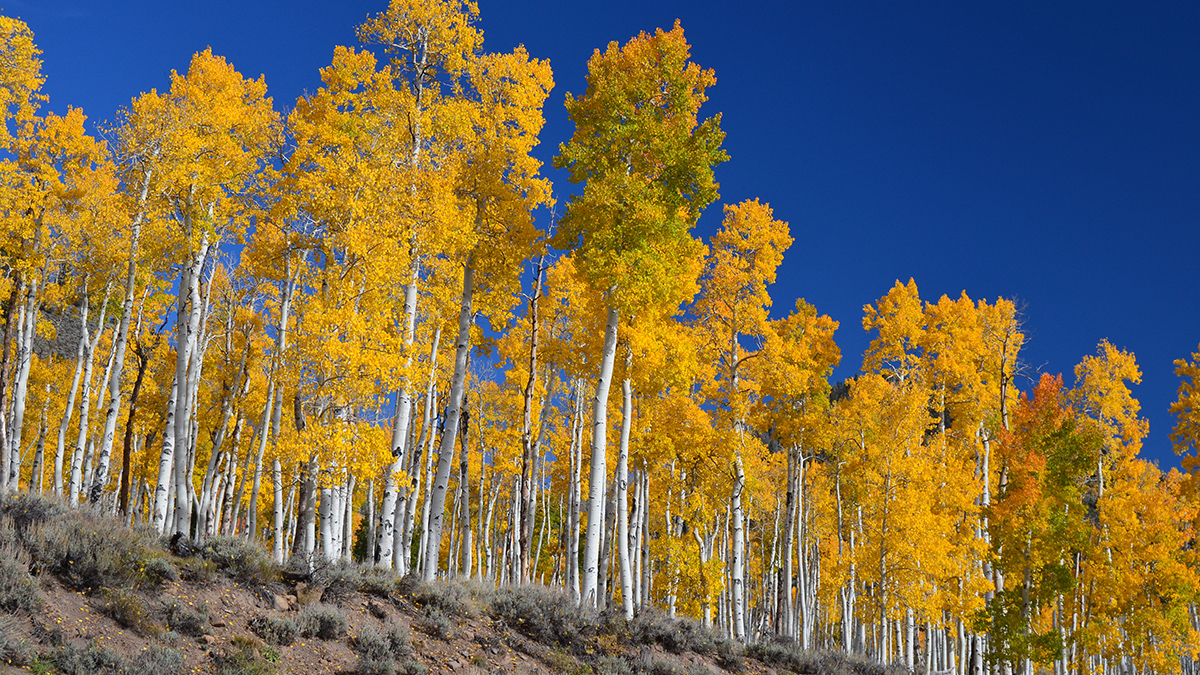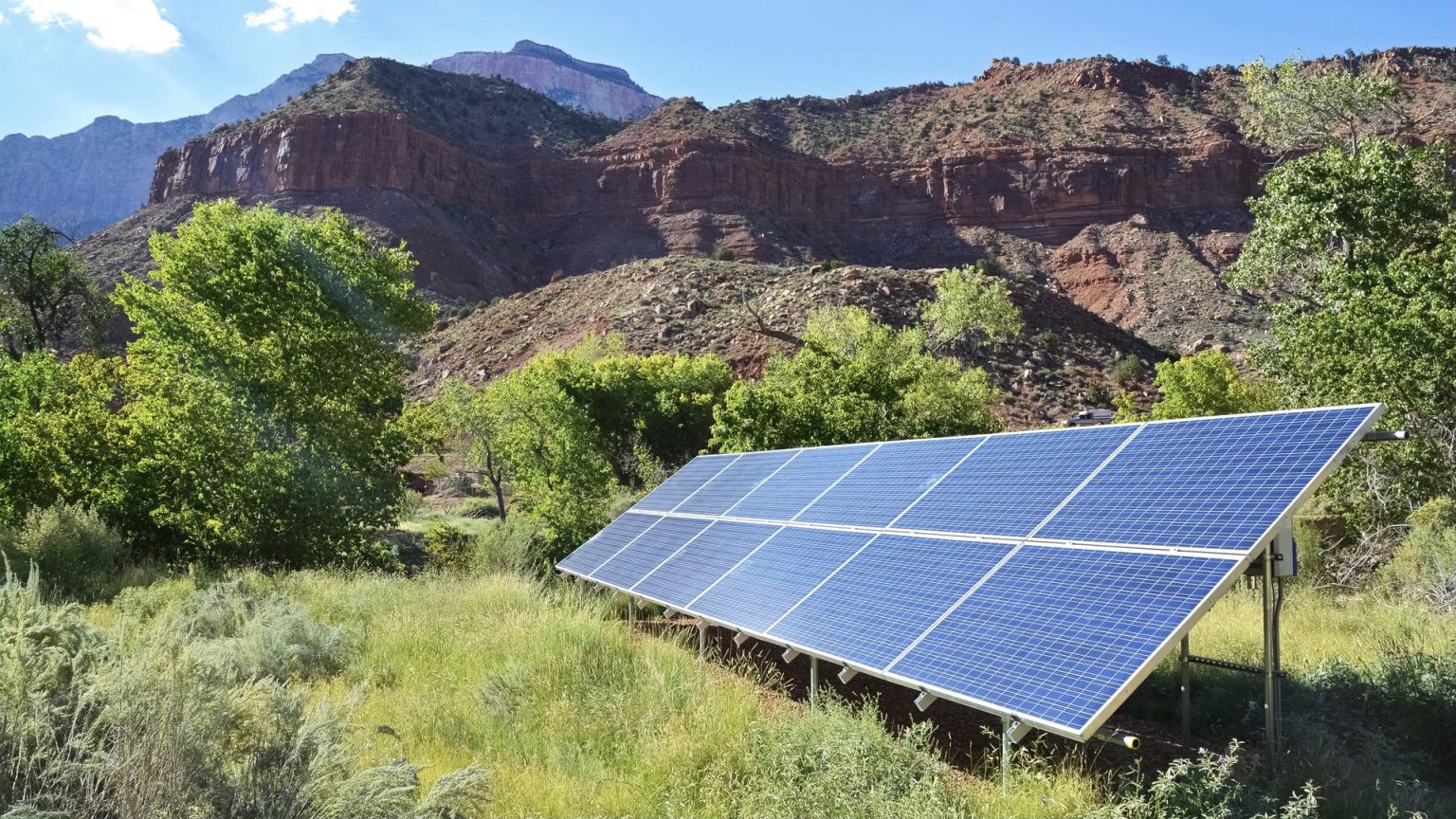Invasive plants are coming to a neighborhood near you

- Invasive plant species can devastate natural ecosystems, wreak havoc on crops, and amplify fire risks. Some experts consider invasive plants a threat on par with climate change.
- In the first comprehensive effort to catalog the global invasive plant pool, researchers warn that the number of new invasives is growing exponentially. The research also suggests that we have severely underestimated the number of current invasives.
- The study highlights a pressing need for experts to conduct floristic surveys, particularly across understudied regions, to identify established and emerging invasive plant species.
Suppose a land manager is out for a walk in their local park when an odd plant catches their attention. With an intimate knowledge of the native flora, our expert immediately understands that this plant is new to the area. In today’s interconnected world, the sighting is cause for concern. Global networks of trade and travel make it easy for a plant seed from one area to hitch a ride to a new location. Ships and planes provide easy passage across once-insurmountable barriers such as mountain ranges or bodies of water.
Local ecosystems under siege
In many cases, these plants establish quickly in one area and spread across considerable distances. Starting as “non-native,” such a plant turns “invasive” when it begins to exert negative impacts on native ecosystems. For example, many native plants are not adapted to coexist with their new neighbor and do not know how to compete with it for resources like sunlight and nutrients. As a result, invasive plant species can reduce plant species diversity, cause local plant extinctions, and create monocultures. The damage compounds because ecosystem health has direct ties to plant diversity. Consequently, invasives have cascading effects on water availability, soil nutrients, and erosion.
These issues don’t just keep land managers up at night — in many cases, invasive plant species can destroy crops, affecting our food supply and causing billions of dollars in damage that is passed on to consumers.
One of the best predictors of whether a non-native plant will become invasive is its history. If the plant has established itself as an invasive species in one part of the world, it is more likely to take root elsewhere. In our hypothetical situation, then, the land manager will quickly identify the plant and query a database to see if this same species had become invasive in other areas with similar climates or ecosystems. That way, they know whether they should try to eradicate the species locally, or let it be for a time.
Unfortunately, our friend has nowhere to turn for reliable, complete data. Despite a global understanding of the disastrous impact of invasive plants, we still have no global tally of all or even most invasive species. This knowledge gap puts us at a severe disadvantage in the fight against these plants.
Additionally, our present understanding of invasive plants does not describe how invasives accumulate over time. Nor do we know whether currently described species account for the entire pool of invasive plants. In a new paper published in Ecological Applications, researchers from the University of Massachusetts Amherst set out to answer these questions and estimate the number of invasive plant species worldwide.
Their results are not promising. The analysis suggests that the global pool of invasive plants is rising exponentially. The worst news of all is that we have not identified more than two-thirds of invasive plants today, and that is a conservative estimate.
What’s in a name?
Efforts to collect a global pool of non-native species are complicated. For example, semantics intervene right away: How do you even define “non-native” against “invasive”? This question seriously impacts our estimations. As the authors point out, you can find two accounts from the scientific literature, both from 2017, that provide drastically different estimates. Whereas one lists the total number of invasives as 450, the other logs it as an astonishing 28,000. Also, some regions have more experts and resources than others to dedicate to invasion science.
Finally, study design matters. The team hypothesized that research that tests hypotheses about a single invasive plant would capture fewer new invasive plant species than studies that assess multiple species.
To account for these and other biases, the authors pulled data from the Global Plant Invaders database, which includes all scientific papers between 1959 to 2020 that document an invasive plant species. The database currently describes a total of 3,008 species. The researchers used this data to estimate the rate of accumulation of new plant species and the size of the current global pool of plants, and to assess whether geographic and study biases influence our understanding of plant invasions.
Modeling invasive plant species
The researchers used the database to grab information about how many new invasive plant species have been added over time. They then tried to fit the resulting curve with four generalized models that describe the growth.
They also examined potential geographic biases in sampling efforts by mapping the total number of invasive taxa distribution by country. To determine whether study design varied regionally, they matched single-plant or multiple-plant studies to the regions where they were conducted to see if single-plant studies, thought to be less effective in capturing new invasive plants, were more common in some areas.
Finally, to estimate the total number of invasive plant species globally, the researchers first used reports from 2010 to 2020 to calculate the yearly increase in the number of invasive species. Then, they used these growth rates to estimate how many invasive plants should exist within each region.
North America, unsurprisingly, was the most studied continent, while Central and South America were the least studied. Six countries accounted for 59 percent of the reports — the U.S., South Africa, China, Australia, India, and Italy. Sixty-seven percent of the publications analyzed a single taxon, and 93 percent analyzed either a single or multiple taxa in a single country. The database only included research shared in English.
Hidden invasions
Alarmingly, an exponential curve best explained the growth of new taxa from 1959 to 2020. In other words, the number of new invasive taxa increased exponentially from 1959 to 2020, with no evidence that the rate was slowing down.
Finally, the models suggest that if the current invasive plant pool were accurately sampled, it should have an estimated 4,721 taxa (with an error of +/- 132 species). That means that the 3,008 species in the database only describe around 64 percent of global invasive species. The researchers found that all continents probably have a vastly undersampled pool of invasive plants.
The exponential growth rate implies that new taxa are constantly joining the global pool of invasive plants. We also know that many plants experience a lag time between when they are introduced and when they become invasive. To make matters worse, global conditions are becoming riper still for the establishment of invasive plants. These factors suggest that the model is probably underestimating the actual number of invasive species.
We can still catch up
It wasn’t total doom and gloom — the researchers gleaned helpful, actionable research design protocols to help us close the gap. For example, they found that studies that assessed multiple species captured four times the number of unique taxa. The paper also highlights the value of floristic surveys, a more traditional, expensive, but accurate way to find and identify plants. Finally, they found that using surveys instead of models gives us tangible evidence to work with.
To fully characterize the global invasive species pool, the authors suggest collecting samples randomly across the globe using the same survey protocol. The authors contend that, “By shifting some of our scientific focus towards floristic surveys of invasive taxa and toward understudied regions of the globe, we would significantly increase our ability to characterize the existing pool of invasive plants worldwide.”
And remember — getting to know your opponent is the first step towards winning a fight.





